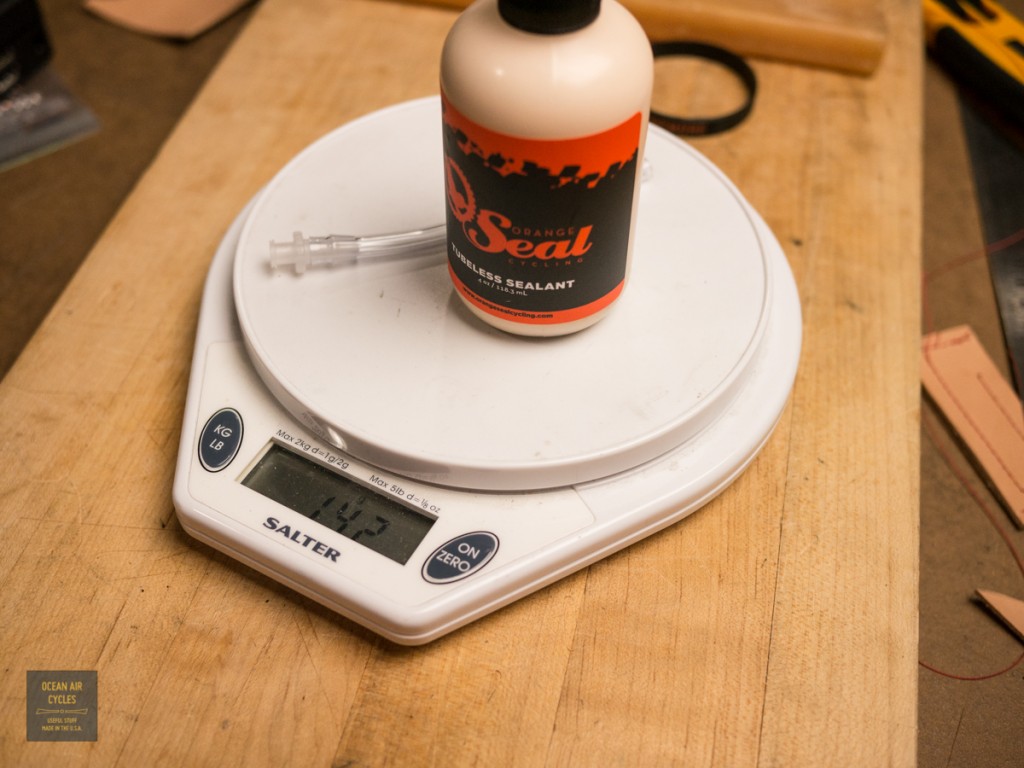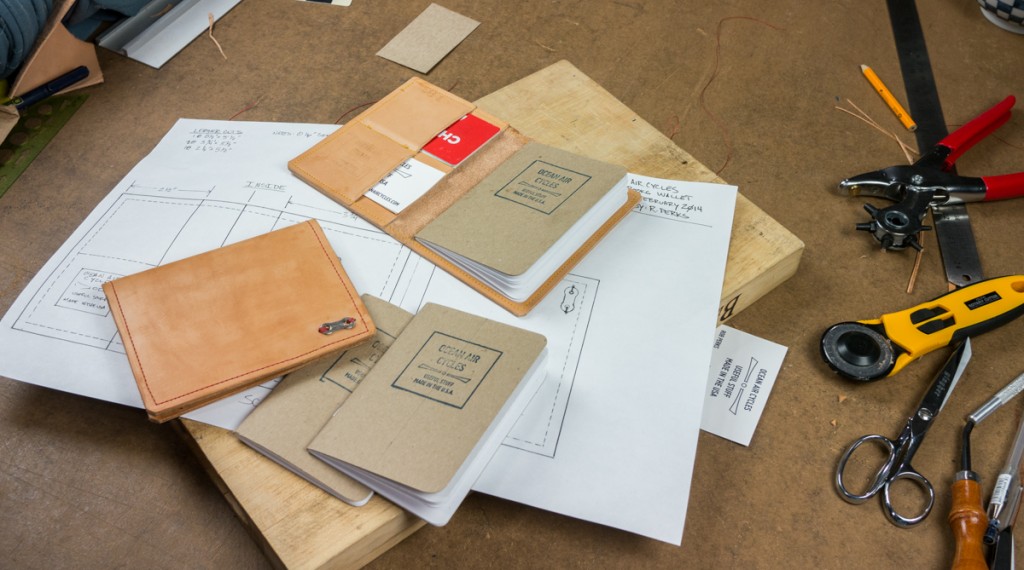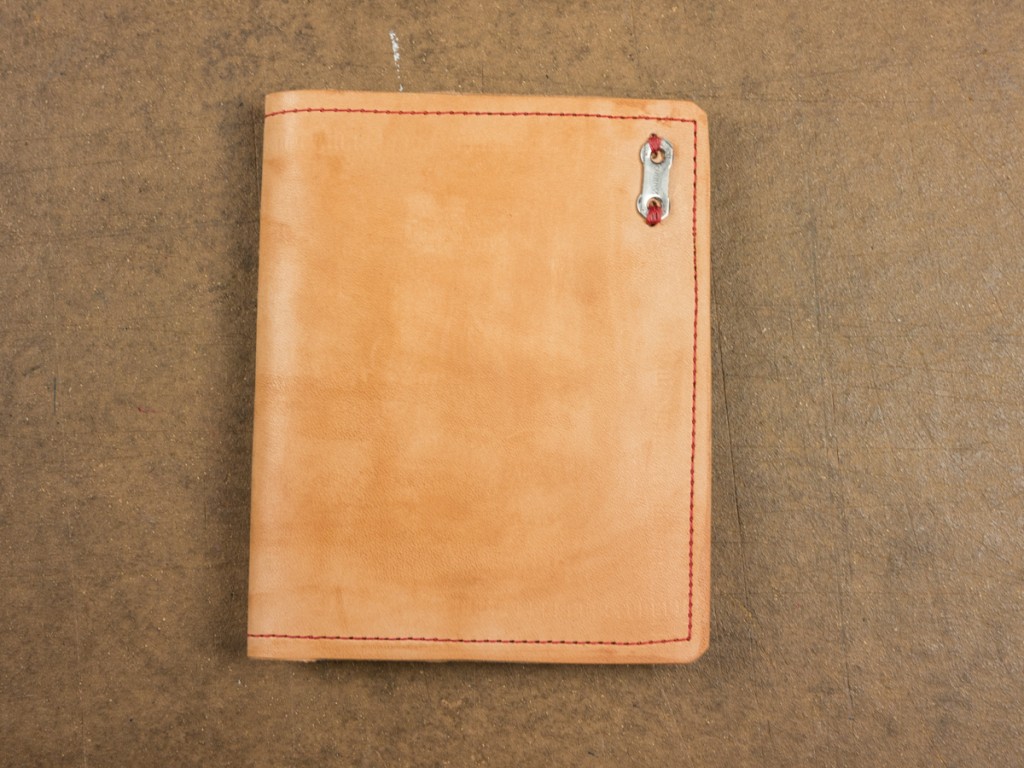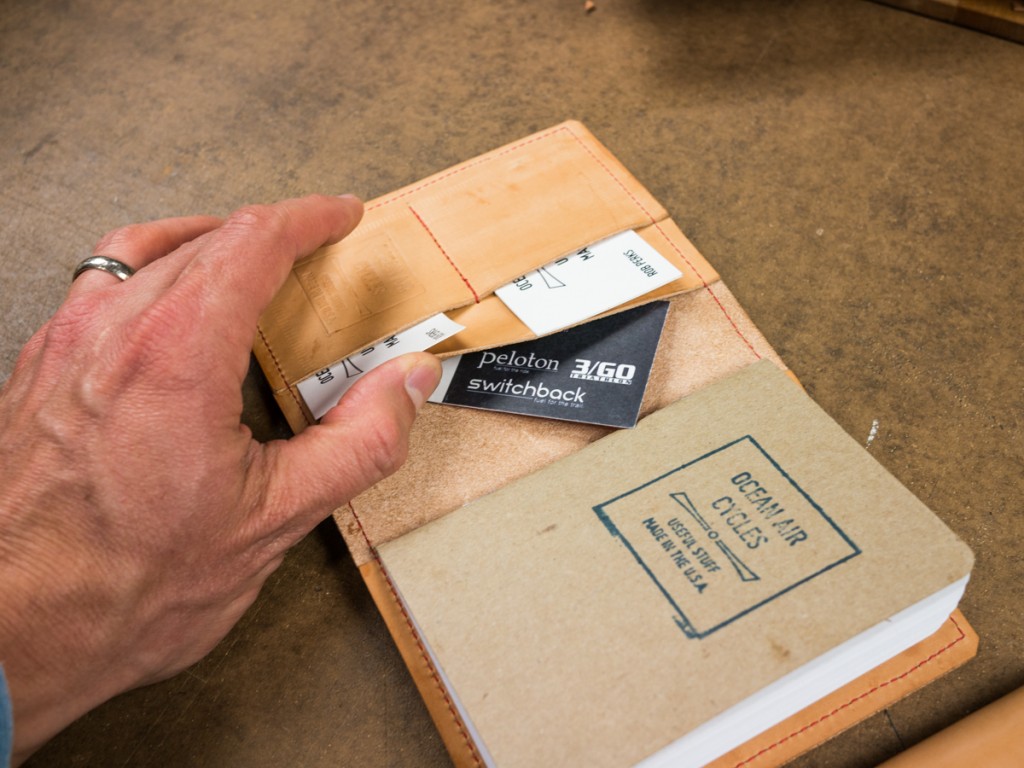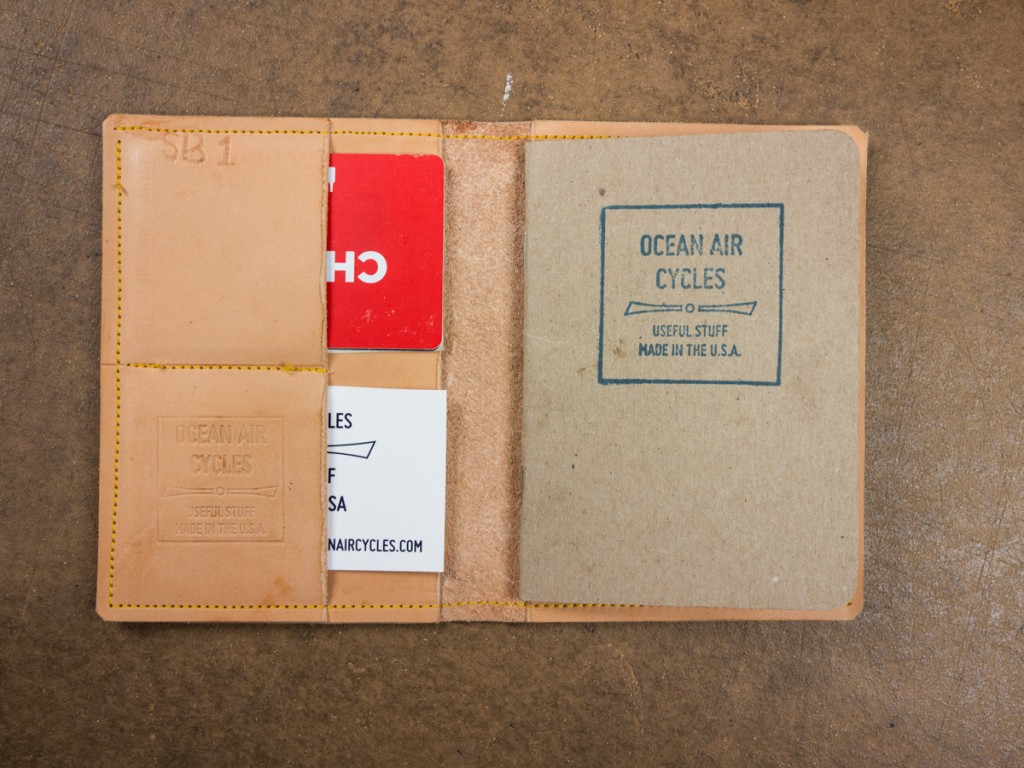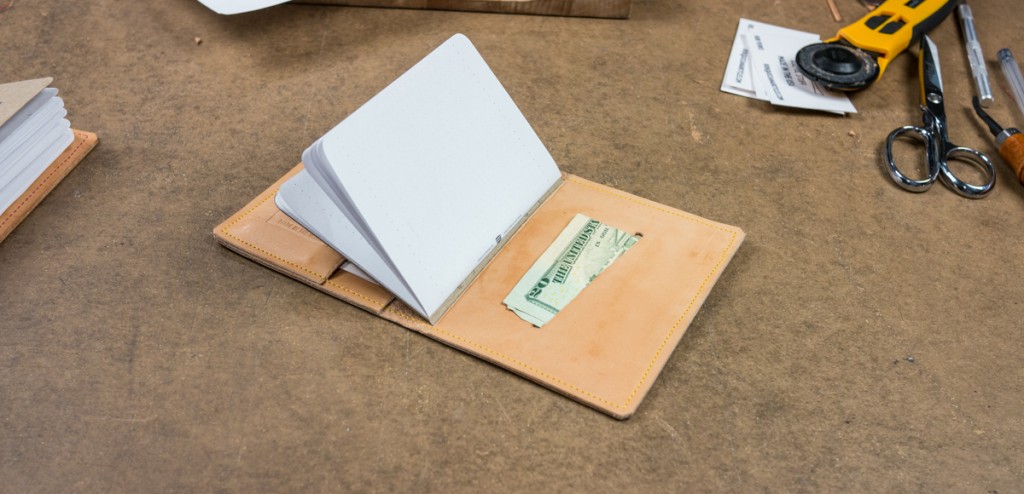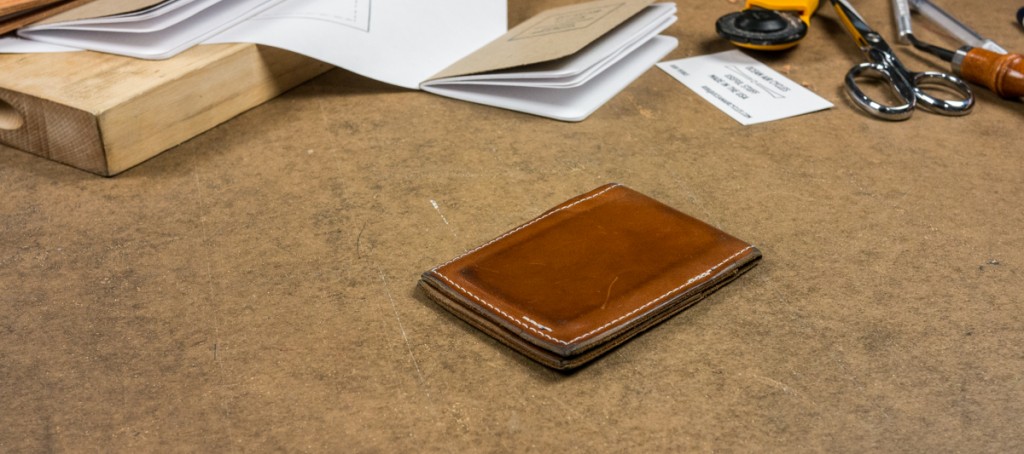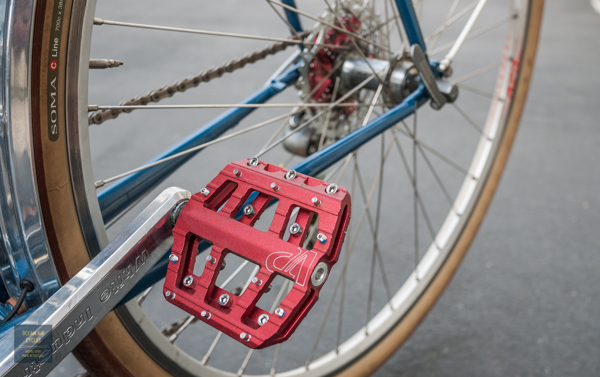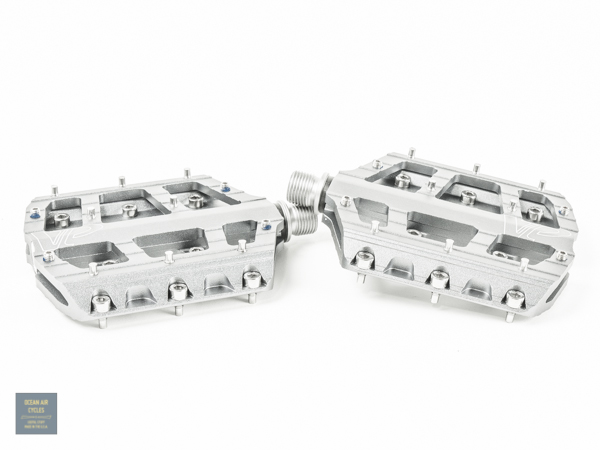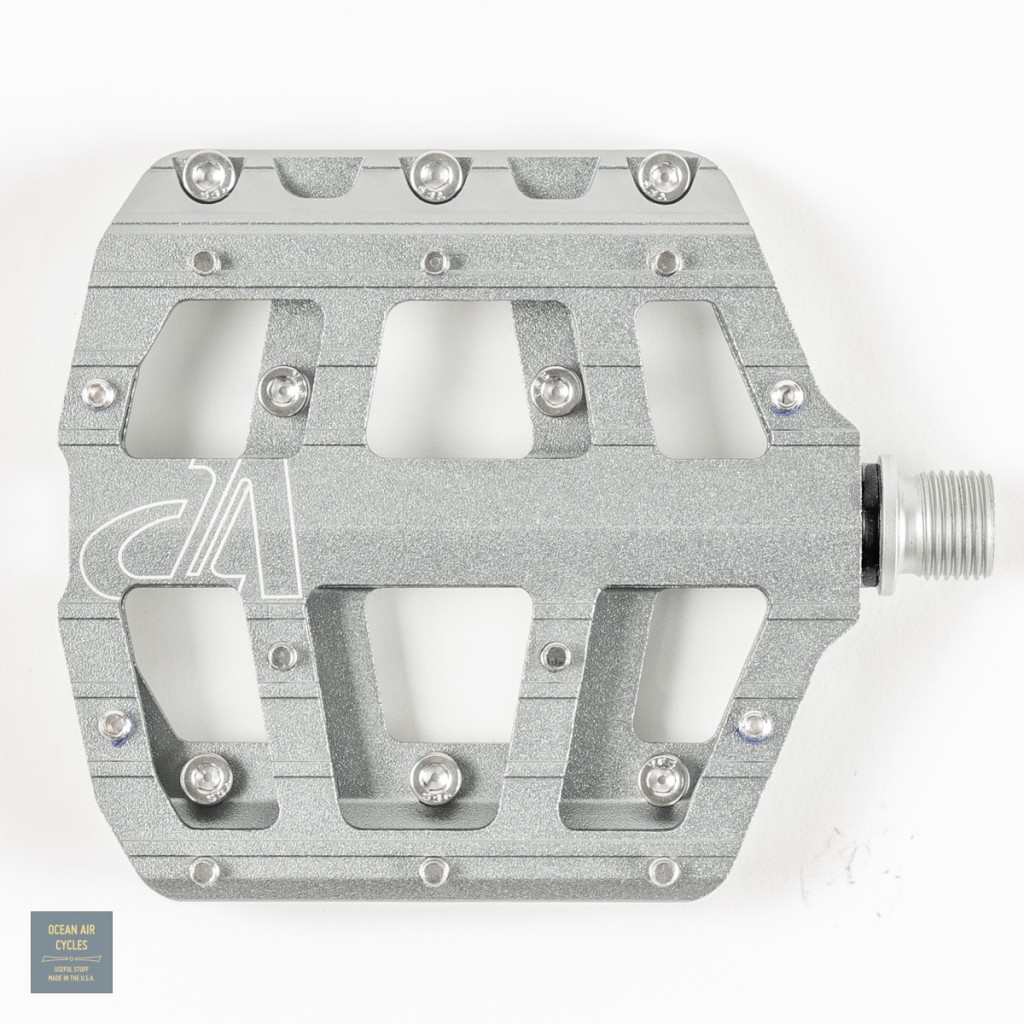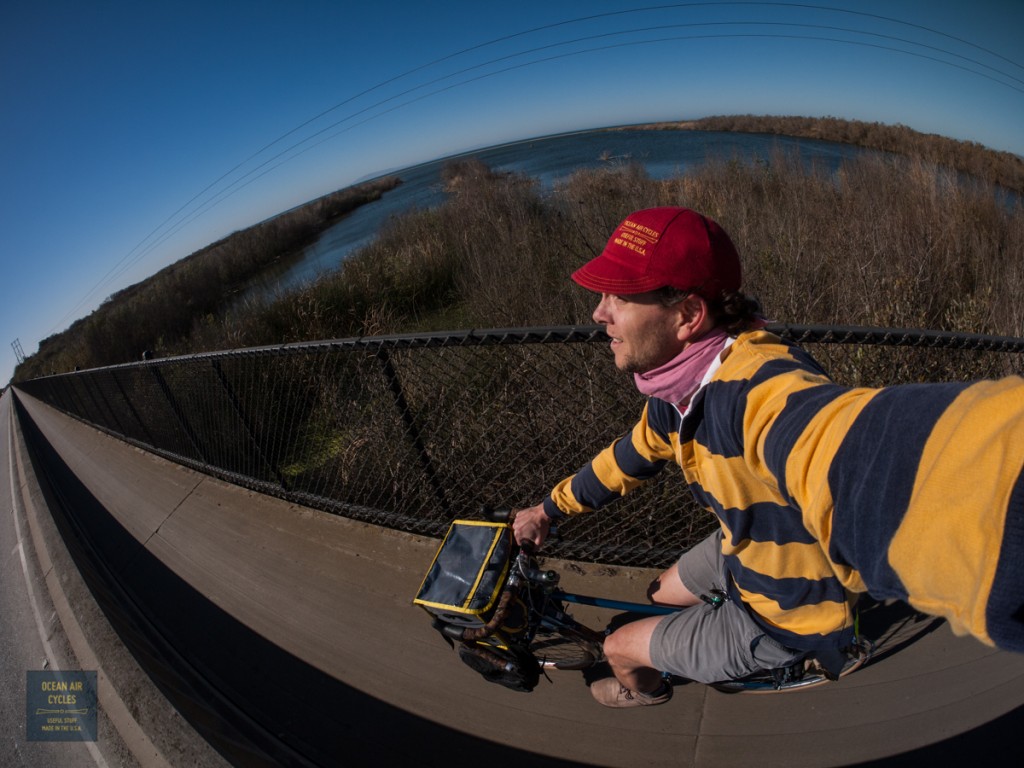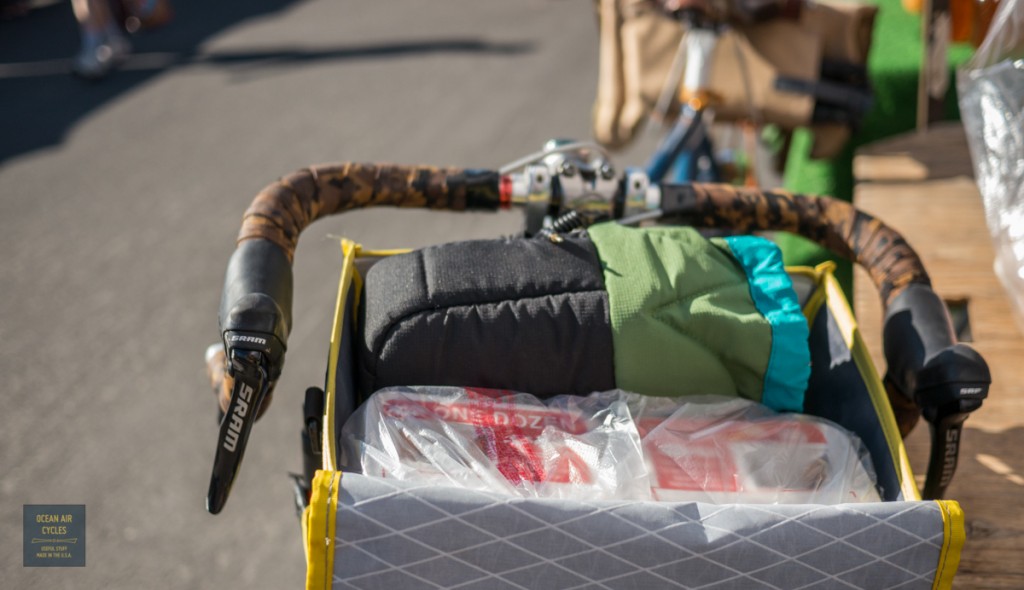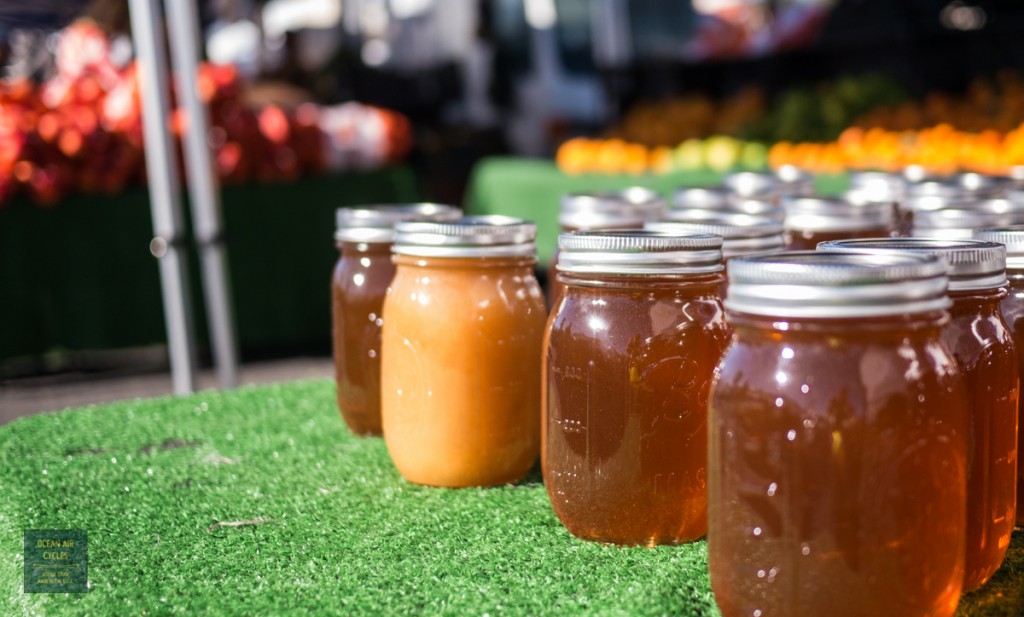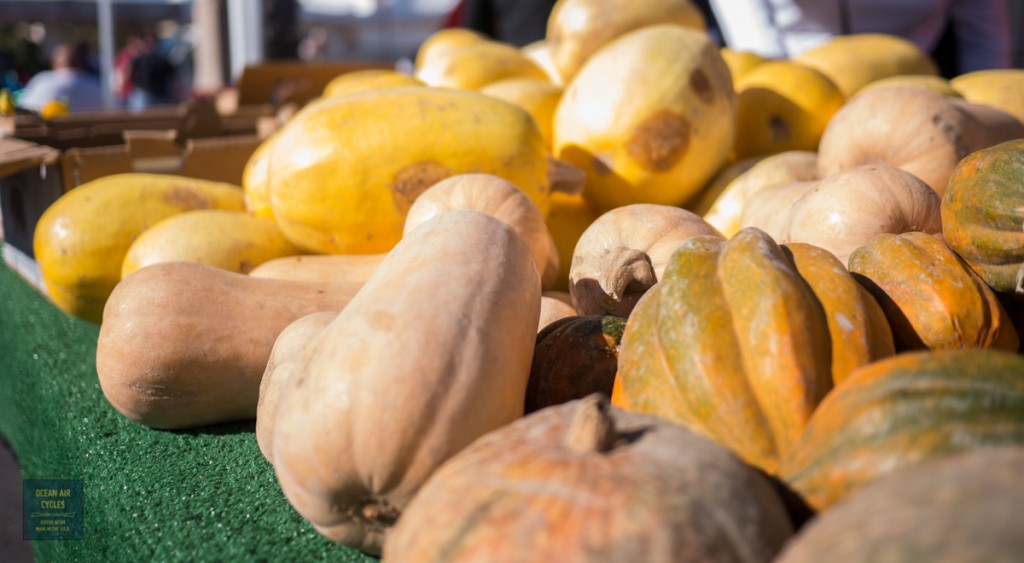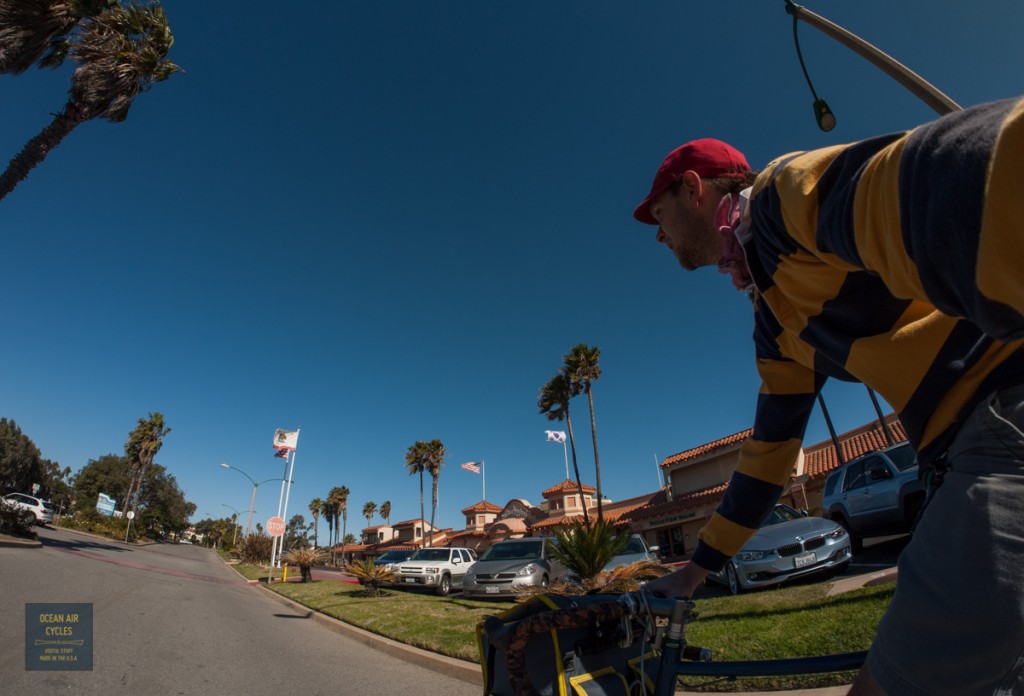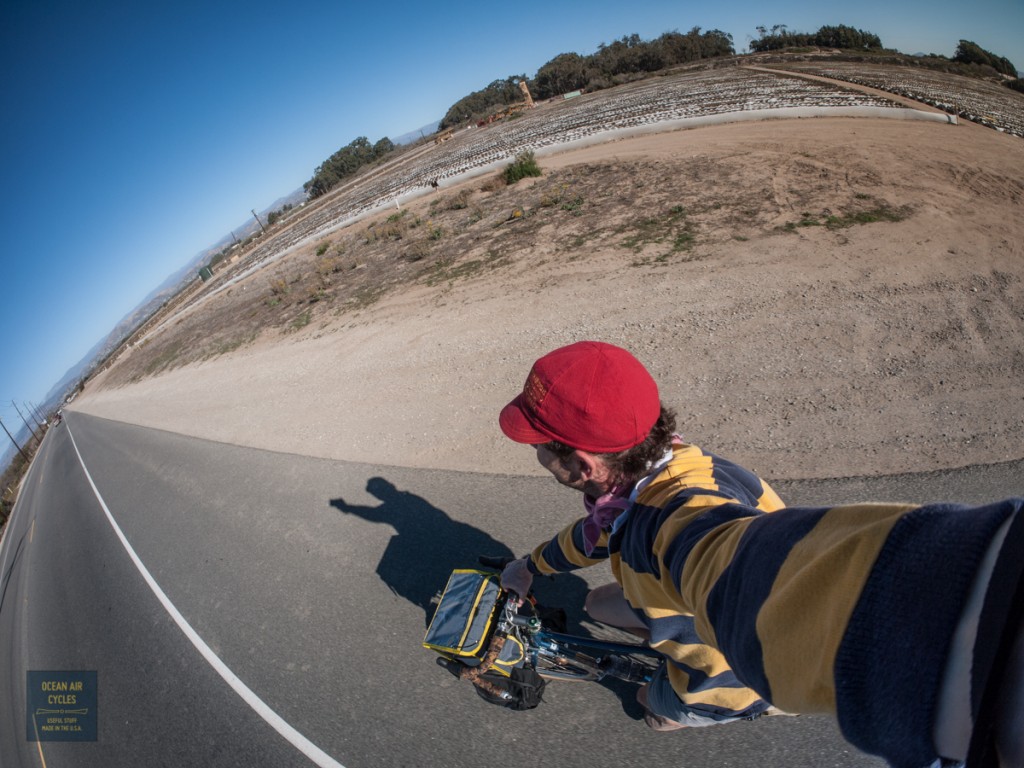The tubeless tire setups common in the MTB world have been slowly starting to creep into the fat tire road bike niche. The benefits of weight savings, running lower pressures and near flat-proofness all translate to some degree. I have been asked, and do not recommend that the commonly available 38-40mm tires be set up tubeless for most riders. The risk of failure is too high for most of us. That said, today I did this:
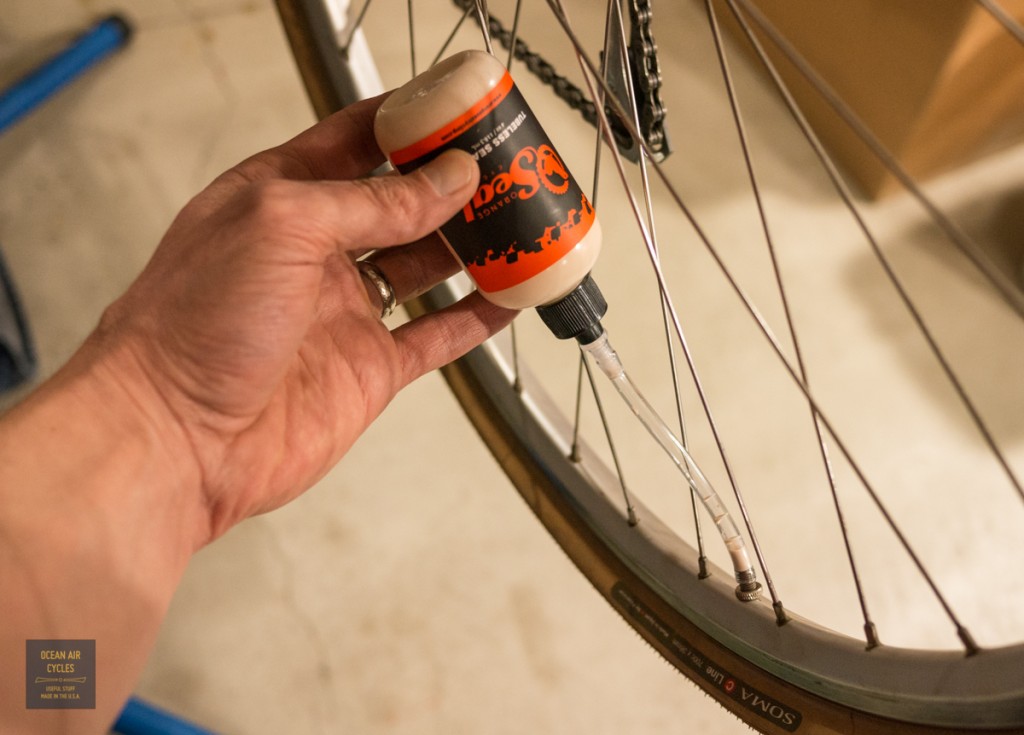 Things are not always what they appear though.
Things are not always what they appear though.
There are a few perimeters that all come into play to make tubeless setups work. Removing the rim from this discussion for now, the tire generally needs a bead that has near zero stretch, and a sidewall/casing with a butyl liner to protect it from the solvents in the tubeless compound. Tubeless setups are generally run at lower pressures for improved traction and comfort. The sealing solution is meant to seal up any small gaps in the system, but also seals any punctures along the way.
That all sounds great for what we want out of our light and supple 38mm tires. I brought this up a few years back while talking with Kirk Pacenti ant NAHBS. He has a strong grasp of tubeless design and had recently launched his 650b PariMoto tire. The first problem is with the tire itself. To make them proper for tubeless they have a butyl liner bonded to the inside of the tire. With large MTB tires this liner is significantly lighter than the tube it replaces. As the tire gets smaller the point of diminishing returns is approached. The available super light tubes weigh about the same (100-120g) as that the liner and a full load of sealant would weigh. The zero stretch bead needed adds further weight. Then there is the pressure consideration. Riders at or over 180 lbs will likely be running pressures greater than 45psi. this pushes the limits of where non-tubless tires will stay on the rim without a tube.
So what did I do to my wheels this afternoon? With the goathead thorn season getting ready to ramp up and some dirt road group rides planned I wanted to add a bit of insurance to my system. I decided to take as much of the good as I could and set up an optimized system for the 38mm tires and my weight (210 lbs). Starting with the Velocity A23 tubeless rim, the secure tubeless ready fit gives a snug fit with the tire bead. The Soma C Line tires are one of the widest, light 380g, and supple 700c tires on the market at the moment. I opted for the super light Q tubes at about 120g each for the 700x 35. This set up alone has been going great for months now. Taking it to the next steep in flat protection I added 2 oz, half the normal amount for a full sized MTB tire of Orange Seal to each Tube. This will add about 70g to each tire, less than standard tube and aramid liner.
The process was simple. Let the air out to the tire, having a presta nut on will help later
 Next up grab a 4mm wrench and remove the valve core from the stem.
Next up grab a 4mm wrench and remove the valve core from the stem.

 Insert the plastic end of the supplied hose onto the well shaken bottle of sealant
Insert the plastic end of the supplied hose onto the well shaken bottle of sealant
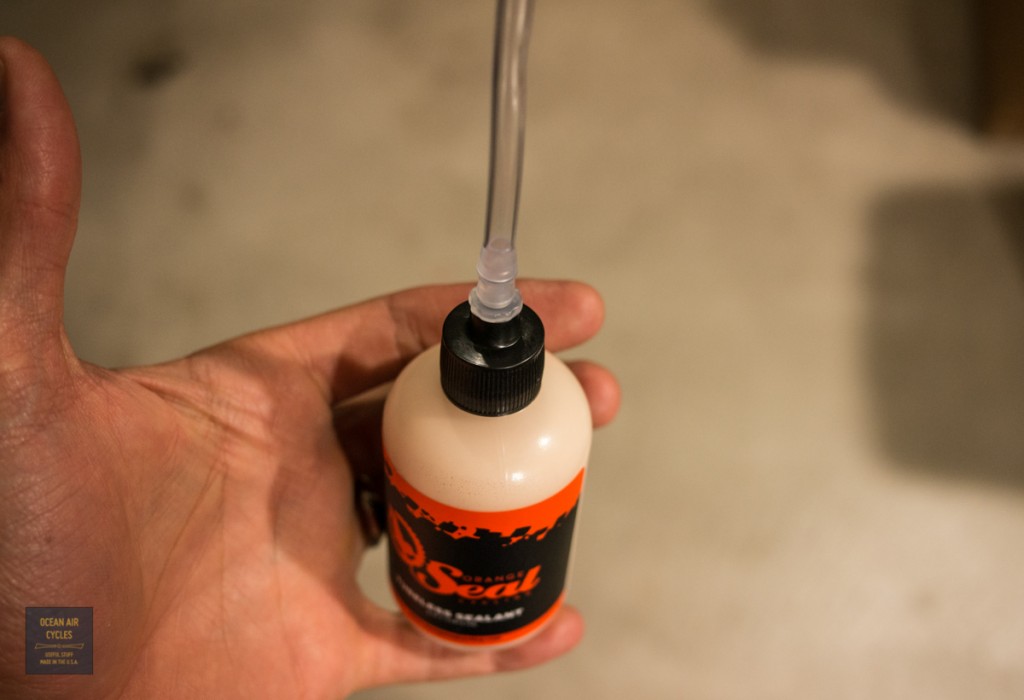 And the other end goes over the stem. Invert the bottle and squirt in about half.
And the other end goes over the stem. Invert the bottle and squirt in about half.
Turn the bottle right side up an detach the hose. Re-install the valve core and inflate to the desired pressure. I keep my C Lines between 55 and 60 psi. Repeat on the other tire and ride. It is that simple.
What are the gains in theory, and how is this different than a basic Slime brand pre-filled inner tube? The whole system is optimized to be light and supple for decreased rolling resistance. The level of safety is high. Time will tell if there is improved air retention and flat protection. The end is a system with all of the good parts of each improvement and less risk to safety.
There have been reports of successful tubeless setups with 42m tires and lower pressures. I suspect the rider weight and load were also correspondingly lower. While there have been successes, there have also been failures. The tires and pressures we are using on “Rando” bikes are close to the margins of safety for tubeless design. The price of failure is high. Failure being the front tire coming off of the rim at speed with total loss of air pressure. While I want improved performance as much as the next rider, I do not think tubeless is the right choice for our needs. I am looking forward to increased flat protection while having the piece of mind that my tire is far more likely to stay on the rim.
